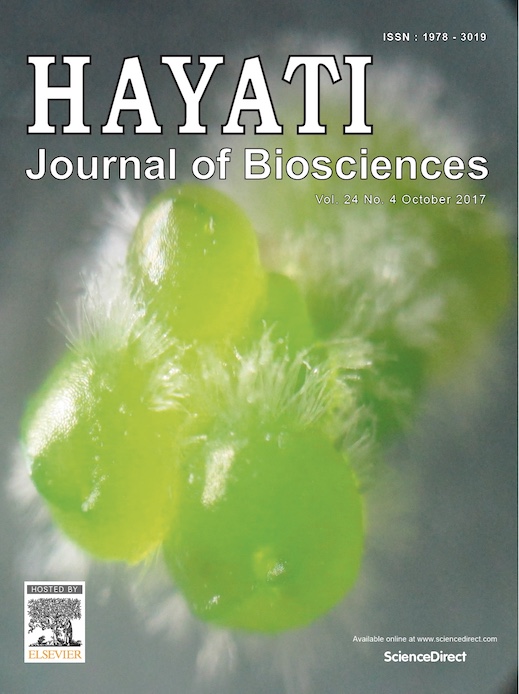Intravenous Versus Intraarterial Transplantation of Human Umbilical Cord Blood Mononuclear Cells for Brain Ischemia in Rats
Abstract
Cerebral ischemia is among the most common type of stroke seen in patient. Regeneration of death neurons remains questionable. Human umbilical cord blood mononuclear cell(cbMNC) is one of the treatment options for ischemia stroke through their various advantages; availability, pluripotency, and immaturity. One group of healthy rats and three groups (n = 6 per group) of male Wistar rats undergone permanent middle cerebral artery occlusion (MCAO). Rats were allowed to recover for 7 days before intraarterial and intravenous injection of 1 × 106 cells/kg of human cbMNC. Behavioral tests were performed before the MCAO, 1 week after MCAO, and at 3, 9, and 14 days after cbMNC injection. Brain infarct area and neurons in hippocampus were evaluated. Spontaneous activity was much significantly improved compared with the placebo group (p < 0.05). Comparing the neuron cells in hippocampus, intraarterial and intravenous have more changes in neurons morphology. No effect of cbMNC implantation in decreasing infarct area. Safety of xenogenic was confirmed by this study when the dosage of 1 × 106 cells/kg was used and showed their beneficial effects.Downloads
HAYATI J Biosci is an open access journal and the article's license is CC-BY-NC. This license lets others distribute, remix, tweak, and build upon author's work, as long as they credit the original creation. Authors retain copyright and grant the journal/publisher non exclusive publishing rights with the work simultaneously licensed under a https://creativecommons.org/

























.png) IPB University
IPB University Department of Biology
Department of Biology The Indonesian Biological Society
The Indonesian Biological Society 

